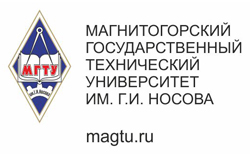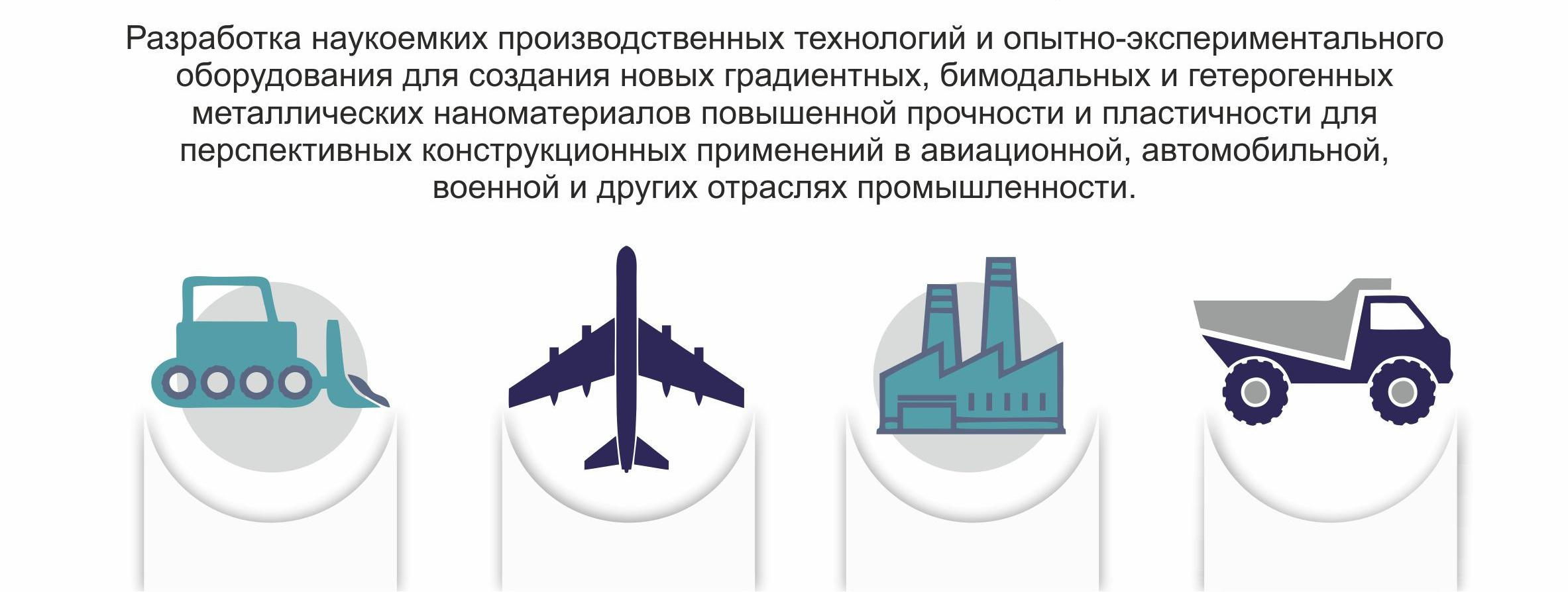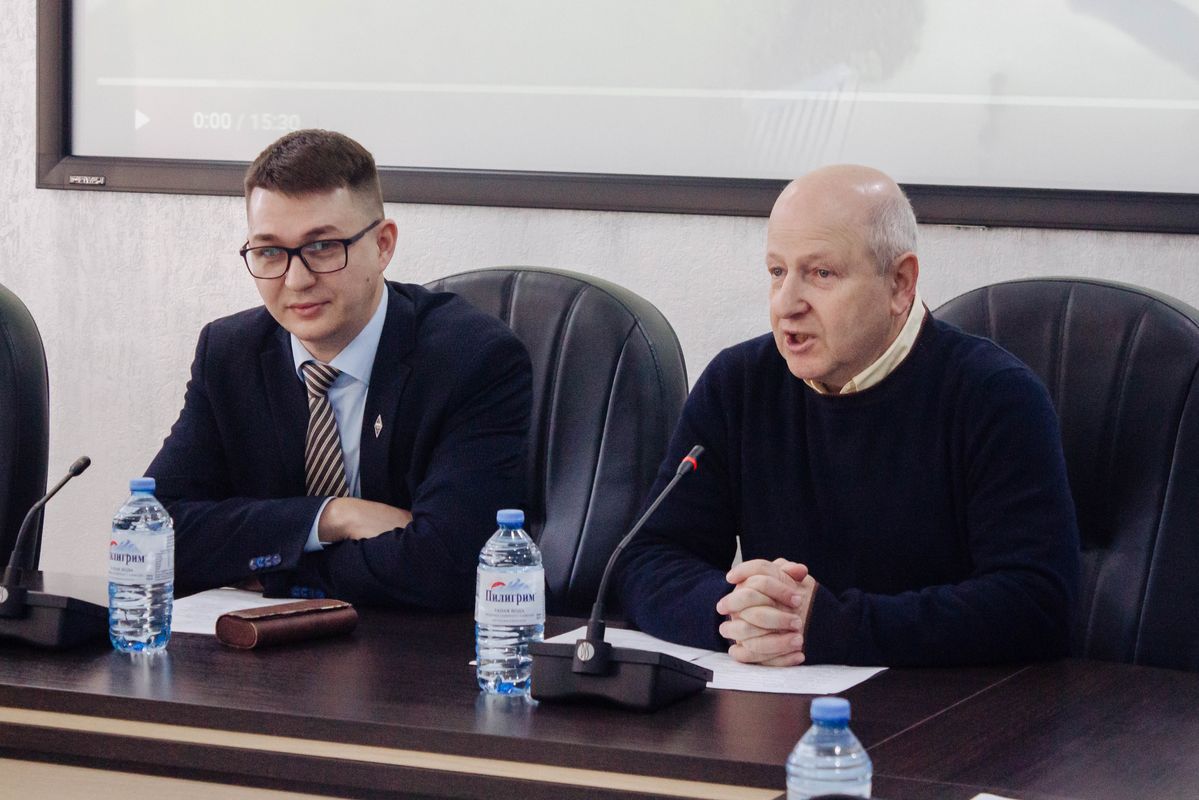
The idea to hold the first national championship on the use of geometry in technology in our city belongs to the vice-rector for educational activities of Nosov Magnitogorsk State Technical University Ildar Ravilyevich Abdulveleev. According to Alexander Moiseevich Pesin, professor at the Department of Materials Processing Technologies, such championships have never happened before.
“Four years ago, a graduate of Nosov MSTU Konstantin Yurievich Brevnov, who worked in the metallurgical industry for a long time, introduced us to the Russian-Israeli mathematician, teacher and compiler of Olympiad problems Alexei Yakovlevich Kanel-Belov. The latter is one of the founders of a new scientific direction that makes it possible to increase the rigidity of a structure by changing the geometry and relative position of its elements. As part of the winning grant from the Russian Science Foundation on this topic, new self-jamming structures with variable rigidity were created, 11 Russian patents for inventions were received, the director of the design school, Yulia Sergeevna Laktionova, and the professor of the department of materials processing technologies, Ksenia Georgievna Pivovarova, made presentations in a special session at Sirius " Today scientists, graduate students, students and schoolchildren from Moscow State University, MIPT, Bauman MSTU, St. Petersburg State University,” said the professor of the Department of Materials Processing Technologies of Nosov MSTU Alexander Moiseevich Pesin .
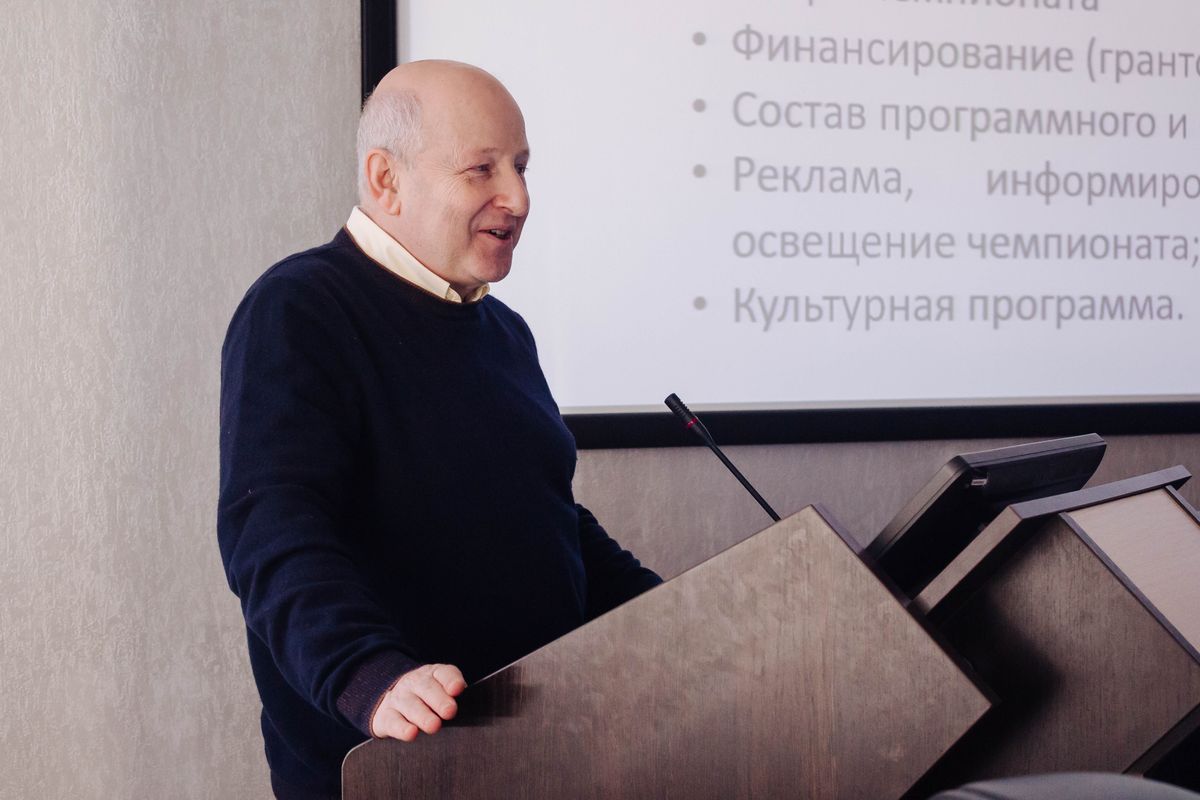
The point is to unite fundamental science and industry. After all, industrial scientists specialize more in the development of structures and technologies, while mathematicians specialize in creating mathematical structures, formulas, and their descriptions. The latter are often far from real industry, and the former - fromfundamental science. Such a merger, Alexander Moiseevich Pesin is sure, will provide productive synergy.
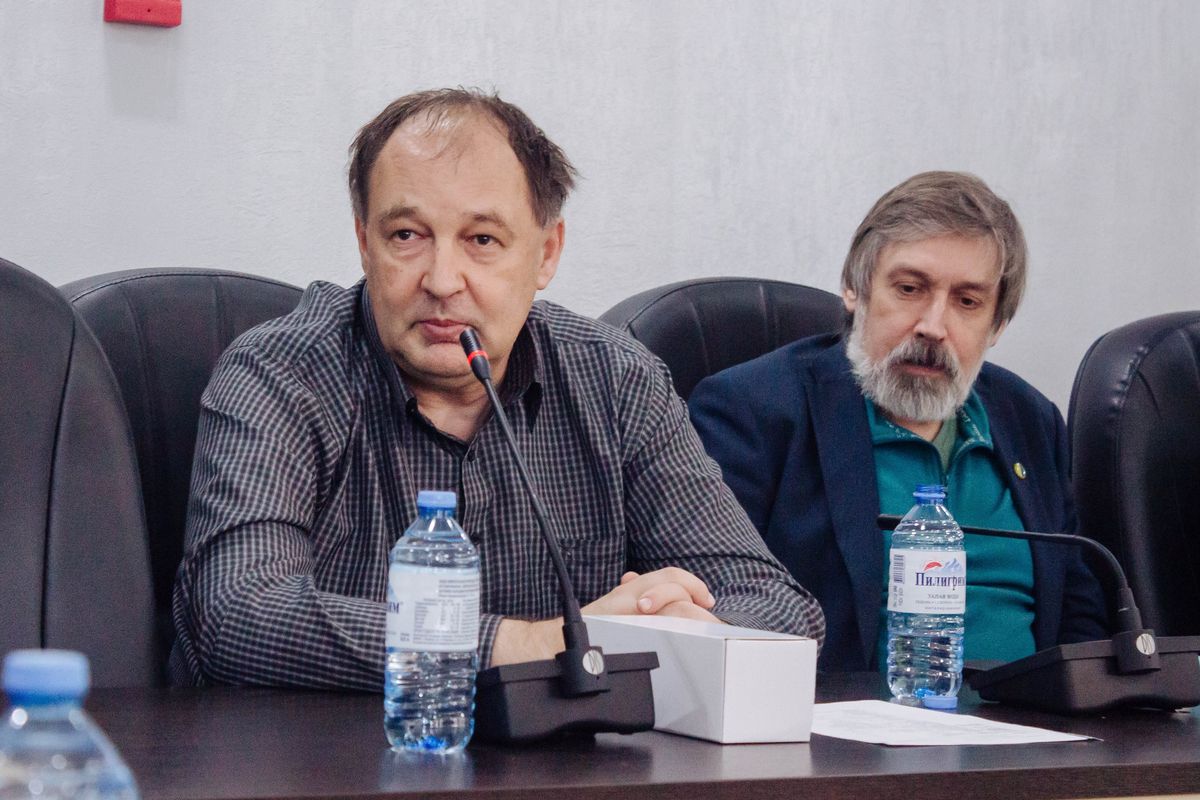
“There is no stereometry in the international Olympiad, all coaching is purely utilitarian and focused on preparation specifically for international Olympiads, but, meanwhile, stereometry gives engineers some space for developing their imagination, and success depends on this. I would like to develop the field of applied geometry, which does not exist now,” summed up MIPT professor Alexey Yakovlevich Kanel-Belov .
At the university, special attention is paid to the prospects for the use of self-jamming structures in various fields of technology. Vice-Rector for Scientific and Innovation Work of Nosov MSTU Oleg Nikolaevich Tulupov is confident that current activity is only the beginning of several new scientific and technological directions.
“Currently in Magnitogorsk, different generations of intellectuals from schoolchildren to professors - theorists and practitioners are creating the foundations for a new generation of structures and materials with a unique set of properties. These are self-jamming systems or structures. Their use is possible in various technical objects. For example, in extreme conditions, a solid, impact-resistant surface is almost instantly formed from a scattering of identical metal bodies. This could be a mobile helipad or a protective screen. The creation of self-jamming systems at the micro level in the form of granules, which at the right moment turn into a high-strength material and then again into a “smart powder” - these are still unrealized dreams from the field of materials science, the implementation of which we are now approaching,” says the Vice-Rector for Research and Innovation work of Nosov MSTU Oleg Nikolaevich Tulupov .
Ideological inspirer, vice-rector for educational activities at Nosov MSTU, Ildar Ravilyevich Abdulveleev greeted the guests, talking about the rich history of his university and its features.
“ Next year the university turns 90 years old. It originated as a mining and metallurgical institute, but all these years the university has been developing, we have developed construction, humanitarian, and natural science areas. Science does not stand still; new directions are emerging, for example, geometric systems in engineering. We are a university close to production: our main partner is one of the largest metallurgical plants in the country. Our feature is the grounding of fundamental scientific knowledge in real production, in practice. We found it interesting to hold such a championship, and on the eve of it we decided to gather you here not only to discuss fundamental scientific mathematical knowledge, but also to consider specific possibilities for using it in practice in production,” said the Vice-Rector for Educational Activities of Nosov MSTU Ildar Ravilyevich Abdulveleev .
Branches of geometry, such as stereometry, for example, receive little attention in science and in life, and yet, their study and application affects the psychological state of a person - the head of the puzzle museum-studio is also sure.
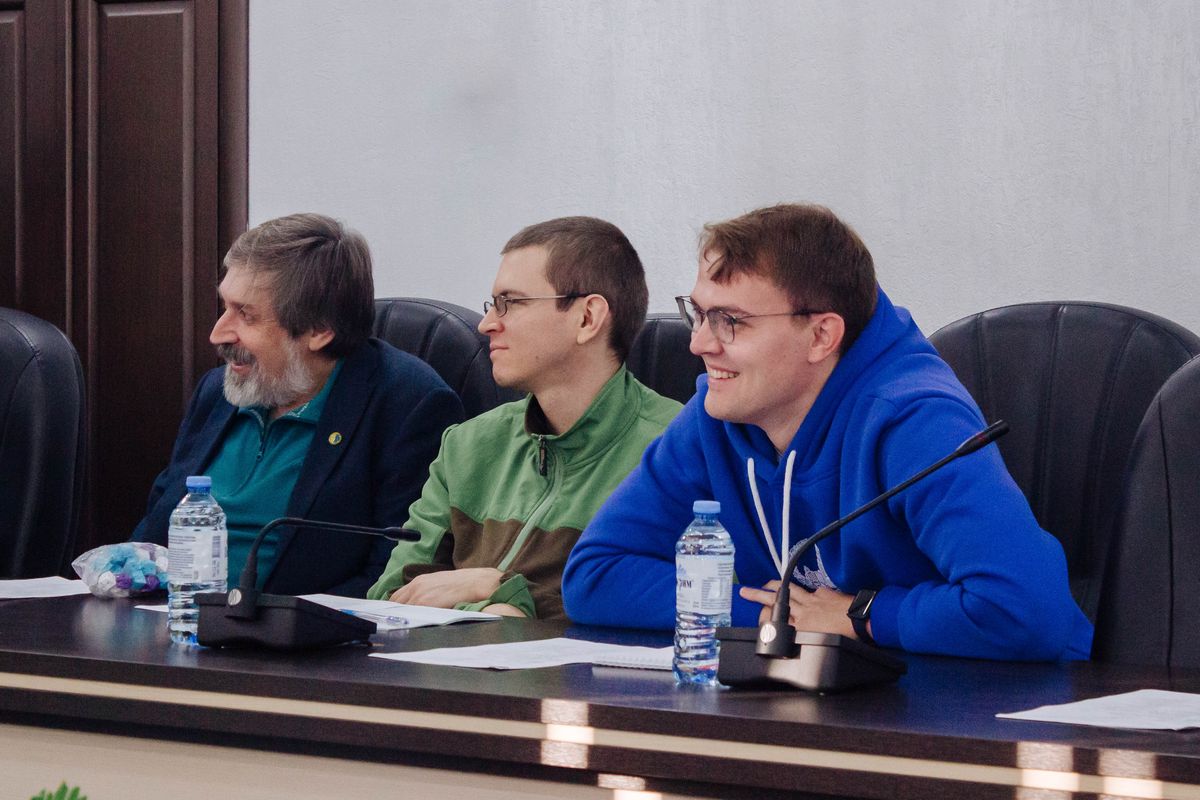
“Half of the people live with the 3D driver turned off, psychologists say. If children at 3, 4 and maximum 7 years old do not solve spatial problems, then the ability to imagine in volume is turned off. It can be developed later, but it is very difficult. In childhood, this ability is given to everyone. It’s like developing fine motor skills, if you don’t develop it, it will affect a person, he won’t even be able to tie his shoelaces. In the scientific and educational environment there are no olympiads devoted to many sections of combinatorial geometry, for example, stereometry. Therefore, we began to develop this direction,” explained the head of the puzzle museum-studio Dmitry Lvovich Pevnitsky.
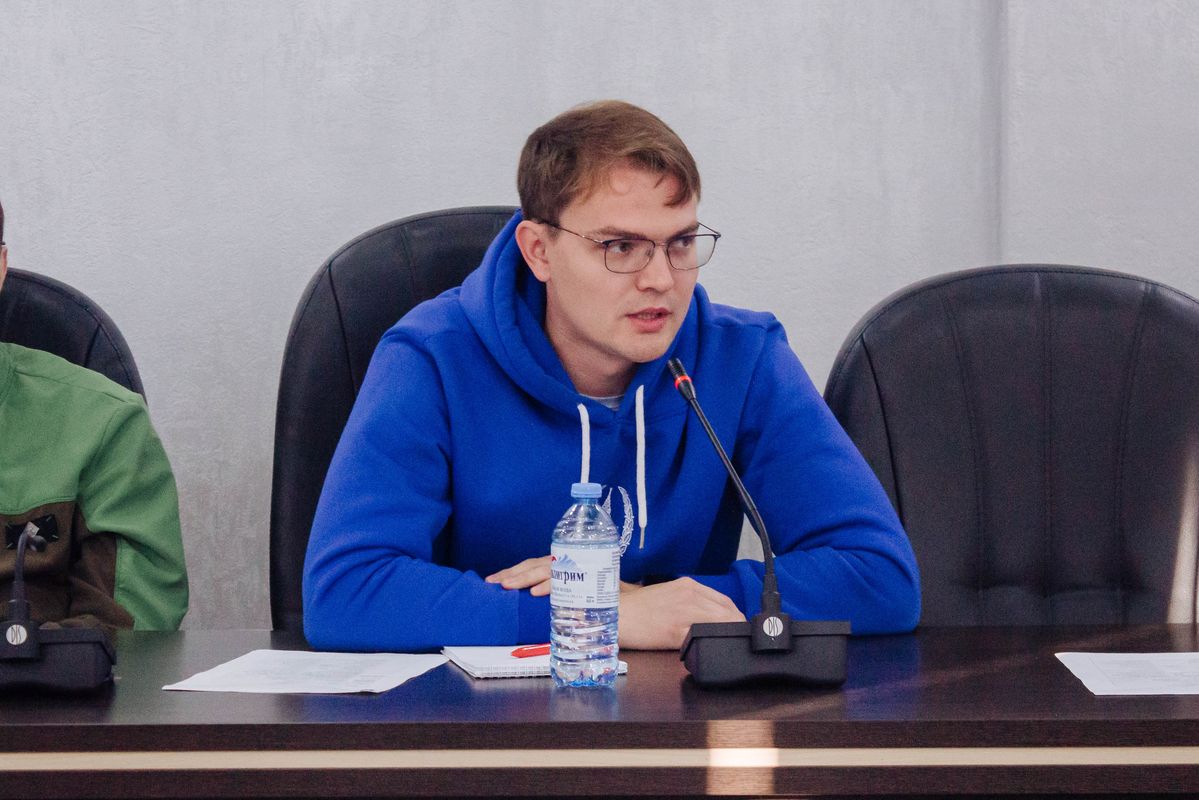
The participants discussed the concept of the championship. Teams will be mixed, consisting of students and schoolchildren, from 3 to 5 people. According to the organizers, 8 finalist teams will be determined based on the results of the qualifying round. The championship final will be held in Magnitogorsk over two days in the form of a hackathon. Participants can be 11th grade schoolchildren and 1st year students from all over the Russian Federation.
The organizers are also considering the possibility that for schoolchildren, winning the championship will become a guarantee of admission to partner universities or additional points for admission to a university.
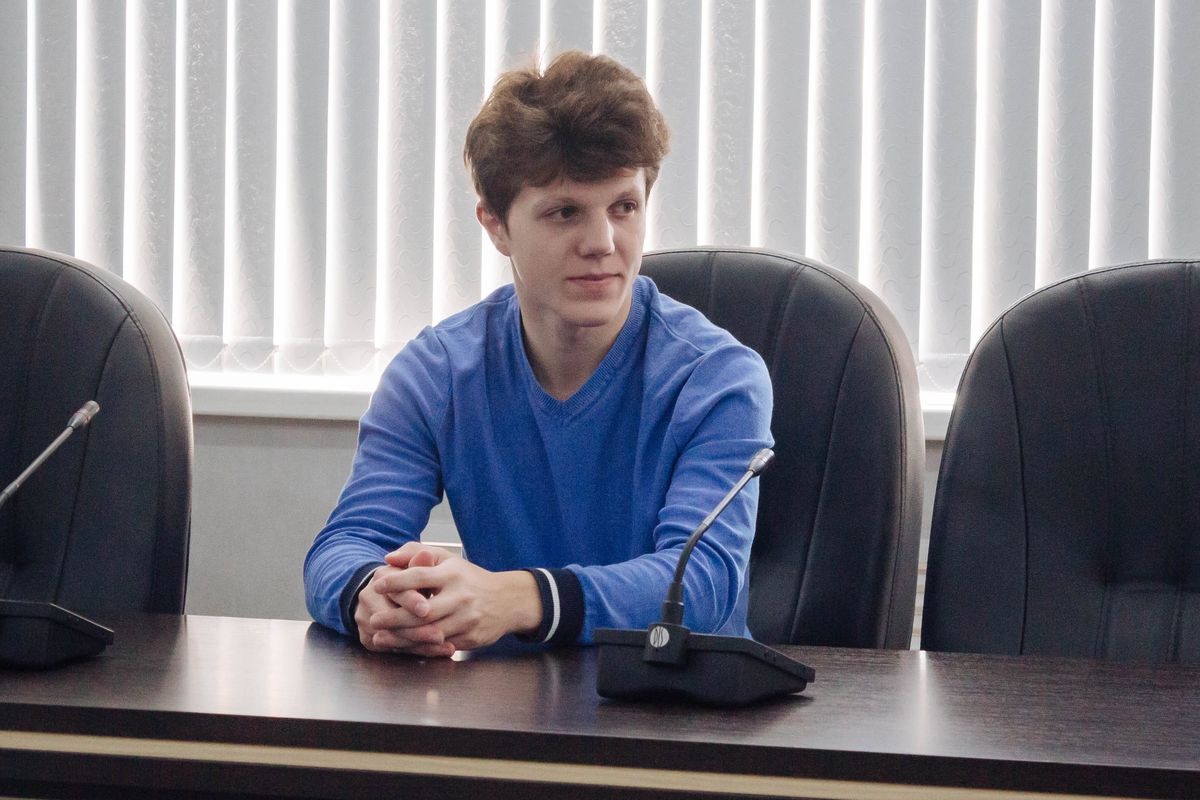
Artem Shamsutdinov, a seminar participant and a schoolchild from Moscow, who became interested in this field not so long ago, but has already managed to take part in the Geometry Olympiad and give a report, is confident that holding such a championship will allow young scientists to develop science in a new direction and find like-minded people.
“I became interested in this topic, took part in the Sirius project session, gave a presentation at the first level Olympiad in Geometry named after. I.F. Sharygina. I also visited Novosibirsk State University, and now I have arrived at Nosov MSTU. The topic of self-jamming structures interested me because of its practicality; it is realistic and not so difficult to develop. The goal of my participation in the championship is the result, inventions, obtaining patents and, ultimately, the application of this technology in practice,” shared Artem Shamsutdinov, a student at school No. 179 in Moscow.
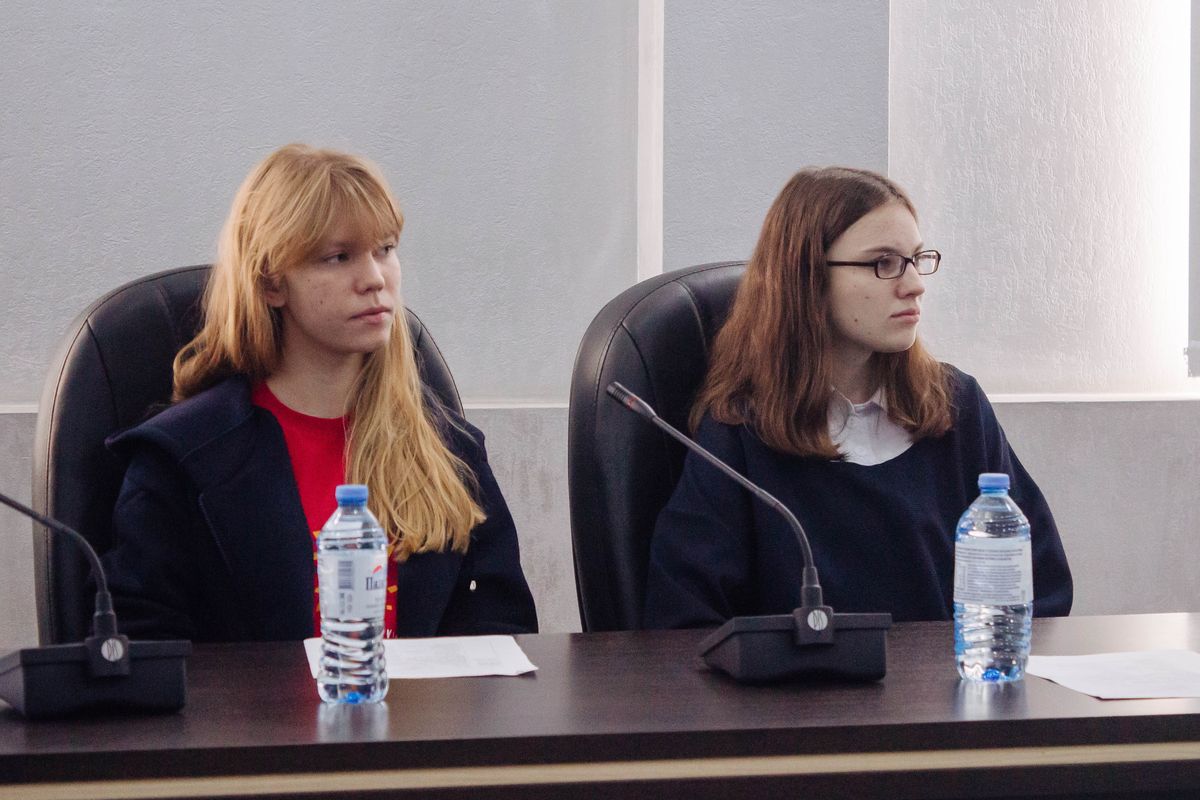
During the seminar, Professor Alexander Moiseevich Pesin, employees of the patent department Yulia Vasilyevna Korotkova and Svetlana Viktorovna Pykhtunova, teachers of the department of materials processing technologies Ksenia Grigorievna Pivovarova and Natalya Mikhailovna Lokotunina, director of the design school Yulia Sergeevna Laktionova, as well as Moscow scientists together with students and schoolchildren discussed the possibility practical use of previously developed self-jamming geometric structures.
The first national championship on the use of geometry in technology will be held in Magnitogorsk in February - March 2025.


